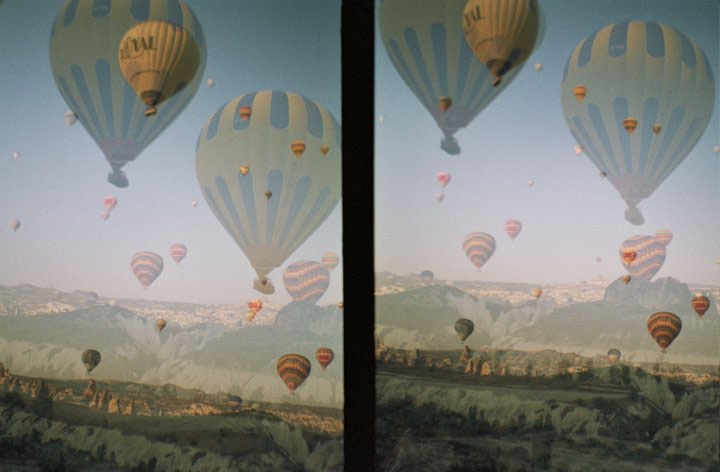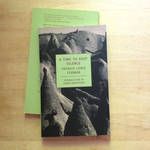Photo Software and Gadgets
Sometimes I spend Friday afternoons “gadgeting,” that is, researching software and gadgets that can help wrangle research, data, sources, and photos into something that resembles a website or dissertation. Today’s epiphany came courtesy of Picasa, free photo organizing software that is connected to a Google account. Research for both my dissertation and Documenting Cappadocia includes the five thousand photos I took in Turkey, images scanned and downloaded from a variety of haphazard sources, screenshots, and lots of sticky notes and photocopies. It’s kind of a mess.
While in Cappadocia I used iPhoto on a laptop to put my photos into albums and tag them by event, but was dissatisfied that I couldn’t visualize subfolders and found the library to be large and clunky. Aperture was organized the same way, offering more in the way of filters and Photoshop-type features–not what I needed at all. Picasa can detect folders from several places (like Dropbox or my desktop) and then photos can be organized into Picasa albums while they still live in folders elsewhere. (It’s worth a moment to read their “Folders versus Albums” page here). Photos can be tagged; metadata is visible in the properties panel; and subfolders can be visible as well. This is a good way to separate the photos that I took from images that have been scanned or downloaded for research only. I wish there were a way to add notes (and am experimenting with Evernote for smaller batches of photos). Lyn offers a similar app for organizing photos, although it’s not free.
For my next trip, I will be more organized about collecting data. I just got a camera that records GPS coordinates and am testing out software and apps for recording data in the field. If you have suggestions, please leave a comment below.


